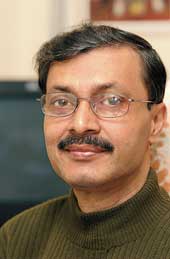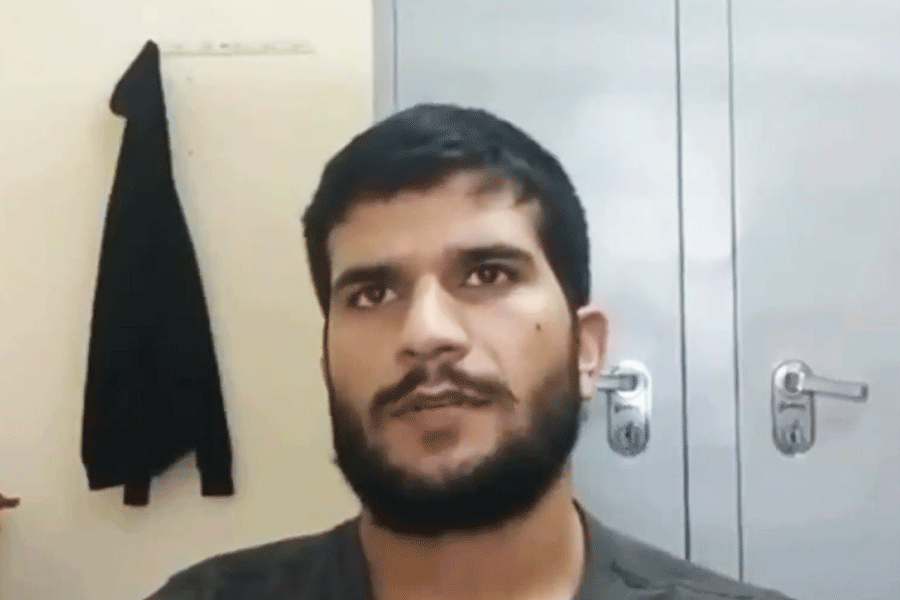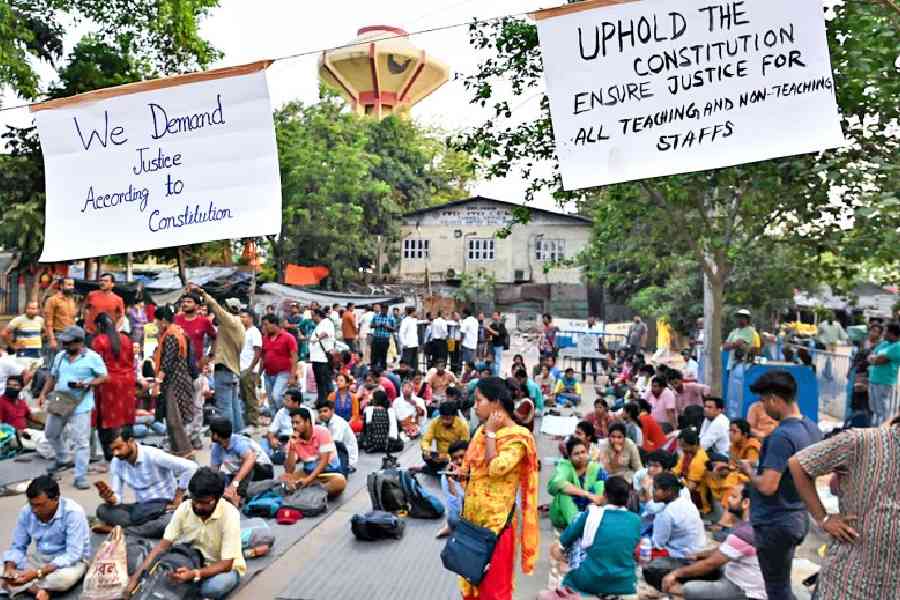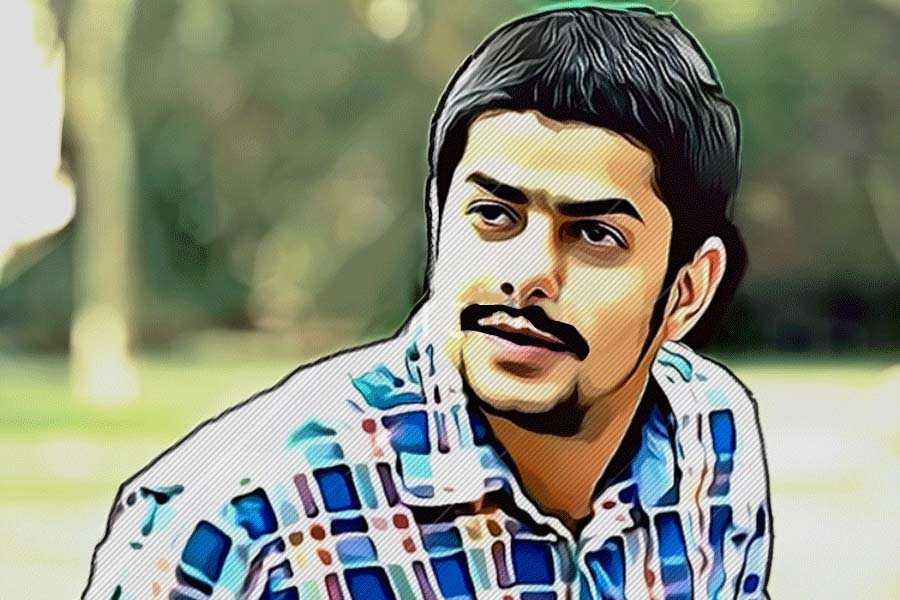 |
| Bidyut Baran Chaudhuri |
For many, language does not have any link with technology. But for this 53-year-old Indian Statistical Institute (ISI) professor, technology plays an important role both in the development and spread of language.
“I never wanted to restrict myself to complex mathematical problems and theory. I believe in application,” says Bidyut Baran Chaudhuri, explaining his natural affinity for research.
For the head of the computer vision and pattern recognition department in the premier institute on BT Road, research and development of technology is a passion. And the academic — who considers himself more an engineer — has been doing this for the past 26 years, since he joined ISI after completing his PhD in fibre optic communication from IIT Kanpur. He did his B.Tech and M.Tech in radio-physics from Rajabazar Science College and a post-doctorate from Queen’s University.
Chaudhuri’s contributions to applied sciences haven’t gone unnoticed. Last November, he was awarded the Jawaharlal Nehru Fellowship. Just a few days ago, Chaudhuri was declared winner of the Homi Bhabha Award: Applied Sciences for the year 2003.
Chaudhuri is regarded as the pioneer of optical character recognition (OCR) software for “compositional-syllabic Indian scripts”, Devnagari and Bengali to begin with. The technology helps in office automation and also acts as a reading aid for the blind. Union government agency C-DAC is marketing the Devnagari OCR software under the brand name “Chitrankan”, but the Bengali version is yet to hit the market.
Chaudhuri has not confined his work to the domain of language. At the beginning of his career, he was into pattern recognition and picture processing and had built technologies for bio-medical imaging that was even used in Germany.
“For the past 10 years, I am working on language technology and have been involved in projects like talking dictionary and developing software for the blind,” adds Chaudhuri. He has also set up the computer vision and pattern recognition department in ISI Calcutta.
Besides the focus on technology, Chaudhuri has — all through his career — pursued his hobby of writing, and penned over 300 articles for internationally acclaimed journals. He has also collaborated with organisations like Bangla Akademi and written a book on the Bengali language.
Now, it is time to stretch the scope of his work. “Officially, there are 20 languages and around 12 scripts in our country. I will work on developing a generalised software for all these,” affirms Chaudhuri.










